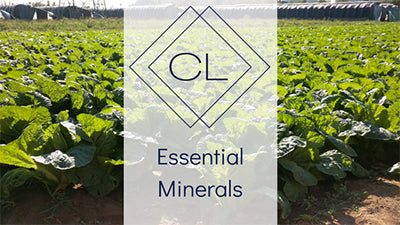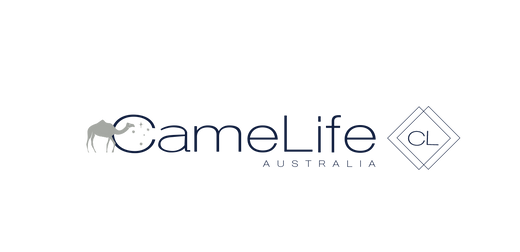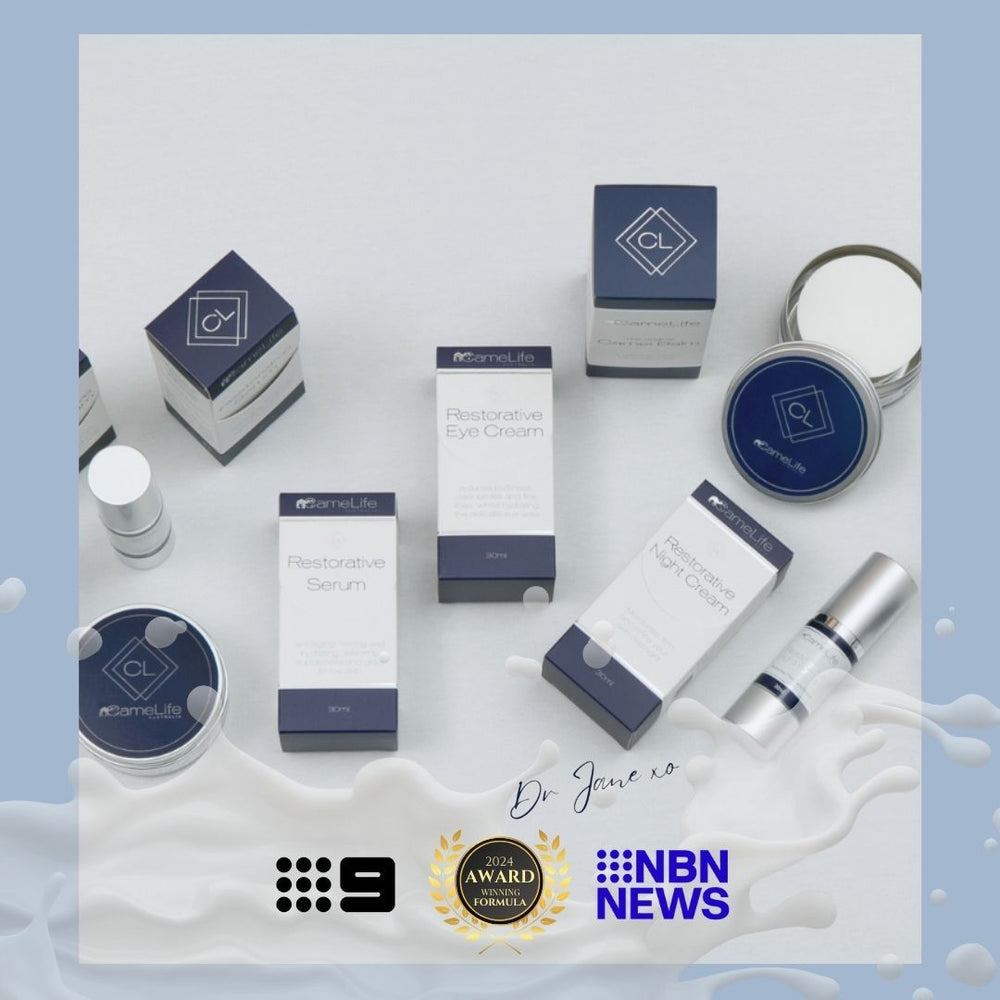Skincare Minerals

THE ROLE OF SKINCARE MINERALS
We all know that vitamins and minerals are important for our health. Australians are global leaders in consuming dietary supplements. We fill our fridges with leafy greens, bright berries and other nutrient-dense foods, but what about skincare minerals? Did you know that trace elements are a key factor in your skin’s health too?
There are around 16 minerals thought to be essential to human health. Some of these are only required in trace amounts, and in most cases we can get the recommended dose through diet alone.
These so-called “essential” minerals play a role in healthy skin development and function. However, there are a few, like zinc, manganese and copper, which are critical skincare minerals particularly key for cultivating a clear, glowing complexion.
CameLife are busy working on our Nourishing Range with our friends at Nundle Natural Skin Solutions. This new range is specifically designed to enrich your skin with essential skincare minerals, using camel milk as the vehicle to maximise skin penetration. Here, Dr Jane Rose, founder of CameLife, discusses six skincare minerals that are key for bright, blemish-free skin.
Zinc

“Zinc is a powerhouse skincare mineral that has a multitude of health benefits from immune support to thyroid health. And when it comes to the skin, it has been shown to reduce inflammation, protect against UV damage, and reduce the occurrence of acne,” says Jane. Zinc has long been known as a good, natural physical sunblock; that’s why surfers apply bright stripes of zinc sunblock on our delicate facial skin before hitting the ocean. Zinc has also been proven to have some benefits in wound healing and it provides antioxidants, which help to neutralize free radicals and keep skin youthful and spot-free.
The best way to get zinc into your body is by eating animal proteins like meat and seafood. You can also find it in small amounts in foods like chickpeas and cashews, but a diary supplement may also be necessary.
The question is, how much of the zinc that we consume actually reaches our skin? Topically applied zinc sunblocks are designed to remain on the skin and not be absorbed; they are, after all blocks! But what if we could apply zinc directly to our skin? Some exclusive brands offer skincare serums formulated with topical zinc, which helps to reduce oiliness and minimize skin congestion, but these are premium products. CameLife’s Nourishing Range will provide an affordable, all natural vehicle to get vital zinc and other skincare minerals into your skin.
Manganese

According to Dr Jane, “Manganese is a key mineral when it comes to bone health and metabolism regulation. From a skincare mineral perspective, it supports collagen production and helps fight free radicals, keeping skin healthy and resilient.”
Foods high in manganese include leafy greens like kale and spinach, pumpkin seeds, and oats. You can also supplement with a complete multi-vitamin.
Skincare products designed to deal with skin damage like sunburn, windburn and scaring often contain manganese to help to soothe and repair an aggravated dermis; the challenge is getting the essential mineral to penetrate the skin.
Calcium

We all know the importance of ample calcium intake for healthy teeth and bones, but it’s also an essential mineral for skin. “The human body contains more calcium than any other mineral.
Our bones are mostly calcium, but it also plays a major role in providing firmness and elasticity for the skin as well as all tissues and cells of the body”, says Jane. “Calcium rich foods can deter acne, whilst a calcium deficiency will result in fragile and thin skin, loss of hair, weak bones and brittle nails. Calcium is a core skincare mineral”.
Dietary sources include sesame seeds, kelp, kale, watercress, parsley, chickpeas, beans and nuts. But dairy foods are the richest source. Fresh Camel Milk is a fantastic source of calcium, much better than other dairy products because it contains Vitamin C and doesn’t curdle in the stomach. CameLife’s skincare products contain all of the natural calcium in the milk, in a readily absorbed form.
Potassium

Potassium and sodium are essential for regulating the amount of water in your body’s cells, so a lack of potassium in the diet can lead to dry skin and other skin disorders.
Potassium is an electrolyte, which means it holds an electric charge, which is needed for cells to function normally. Most people get enough potassium through their daily diet, but if you’ve been sick with diarrhea or lost a lot of fluid through perspiration, you may need to take an electrolyte powder to top up your stores.
Dietary sources include bananas, oranges, milk, bran, kiwi fruit, lima beans and lentils. Camel milk is a particularly effective dairy source of this vital skincare mineral, because the milk is easily digested and, unlike all other milks, does not curdle in your stomach.
Copper

“Copper is a trace mineral and has high anti-oxidant activity,” says Dr Jane, “as a skincare mineral, it promotes the production of collagen and elastin, which give skin its strength and elasticity.”
Copper also helps to enhance the function of antioxidants, which helps to protect skin from oxidative damage. It works alongside vitamins and zinc to assist in the creation of elastin, the protein that keeps the skin flexible and gives it bounce.
Selenium

“Selenium is another powerhouse mineral that boosts immunity, improves blood flow, acts as an antioxidant, regulates thyroid function, helps boost fertility, and even defends against cancer!” notes Jane. “As a skincare mineral, it’s a serious inflammation and free radical fighter, which also helps slow ageing and heal acne.”
You can find selenium in whole foods like brazil nuts, sunflower seeds, sardines, and brown rice. Many skincare products are selenium rich, but unless the selenium is absorbed the effect is questionable.
Sunflower seeds, sesame seeds and brazil nuts all contain copper, as do hazelnuts, walnuts, pistachios, cashews, pecans, coconut, mushrooms and soybeans. Some cosmetics are copper rich, but it isn’t common.
DOES YOUR SKIN ABSORB SKINCARE MINERALS?
So the big question; if you buy an expensive new skin-care product that contains essential skincare minerals such as copper or zinc, will your skin be able to absorb these minerals? Your skin is, after all, comparatively impervious.
The simple fact is that, if left in their ionic form, most minerals aren’t likely to penetrate skin very well, if at all. That doesn’t mean we can’t use skincare minerals topically; we just have to help them out. There are a number of ways to do this; here are some examples:
Shrink the Particles
You may have heard of “nanoparticles.” Skincare formulators have, for example, created microfine zinc oxide so that you could apply it as a sunscreen. No more white stripes across your cheeks. Nanoparticles can be a concern though, because if the mineral can penetrate skin, it can get into your blood stream.
It’s important to be sure you’re okay with absorbing into your body the nanoparticles you’re putting on your skin. In the case of zinc, scientists still aren’t sure how much of the nanoparticles get into the body, but so far, it doesn’t look like enough to cause any side effects.
Use a carrier
Pairing a skincare mineral molecule with an organic, bio-available “carrier” molecule helps usher the nutrient into the lower levels of the skin. The highly homogenised fats in camel milk make it a great carrier for the all of the nutrients in our creams, plus the milk is a natural carrier of
Convert Them
Minerals can other forms that still have the mineral’s benefits, but in a more bio-available form. For instance, some manufacturers change a skincare mineral into a peptide, a compound that has two or more amino acids linked together to which the mineral bonds.
Turn up the Heat
People have used natural spas or added Epsom Salts to a warm bath for hundreds of years to soothe and soften skin. The heat in the bath helps stimulates blood flow to the skin, open up pores and relaxes muscles, speeding up the absorption of the skincare minerals. Camel milk stimulates the micro-circulation to the skin and gently opens the pores too.
Dissolve Them
Minerals dissolved in water are also in a smaller, more bio-available form that the skin is more likely to be able to use. The skincare minerals in CameLife’s elixir are dissolved and concentrated by fermentation and distillation.
USING CAMEL MILK TO DELIVER SKINCARE MINERALS
There are many factors that affect the absorption of essential skincare minerals and nutrients into the skin. Even if you dissolve minerals in water, for example, that doesn’t necessarily mean your skin will absorb them well. Skin is, after all, largely waterproof. How long the product remains on your skin, how healthy your skin is, the health of the outer layer and the other ingredients in the formula may interact with the process can all play a part in the overall effect.
That’s why here at CameLife we focus on the natural, bio-available minerals in the camel milk, supplemented by minerals from natural plant sources. The fruits and vegetables fermented in the natural botanical elixir used in our Nourishing range come from carefully selected locations, where the soil is known to be rich in specific target minerals. The vegetables are hand dug, to preserve as much of the mineral-rich root as possible and the minerals are concentrated by fermentation and distillation.





Leave a comment